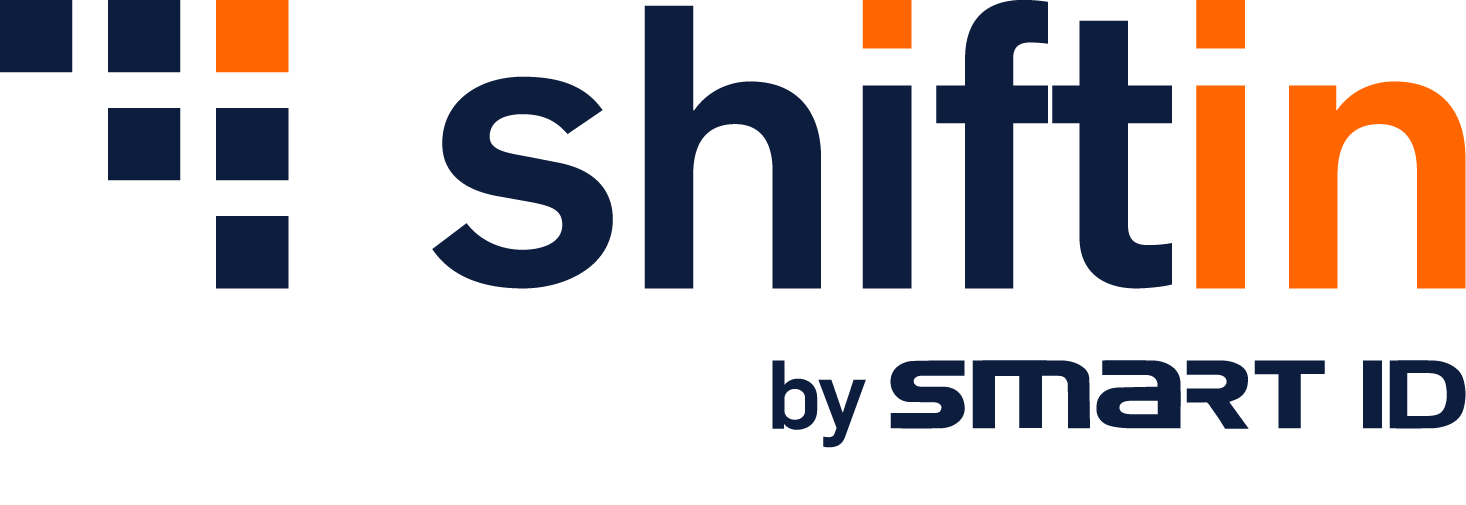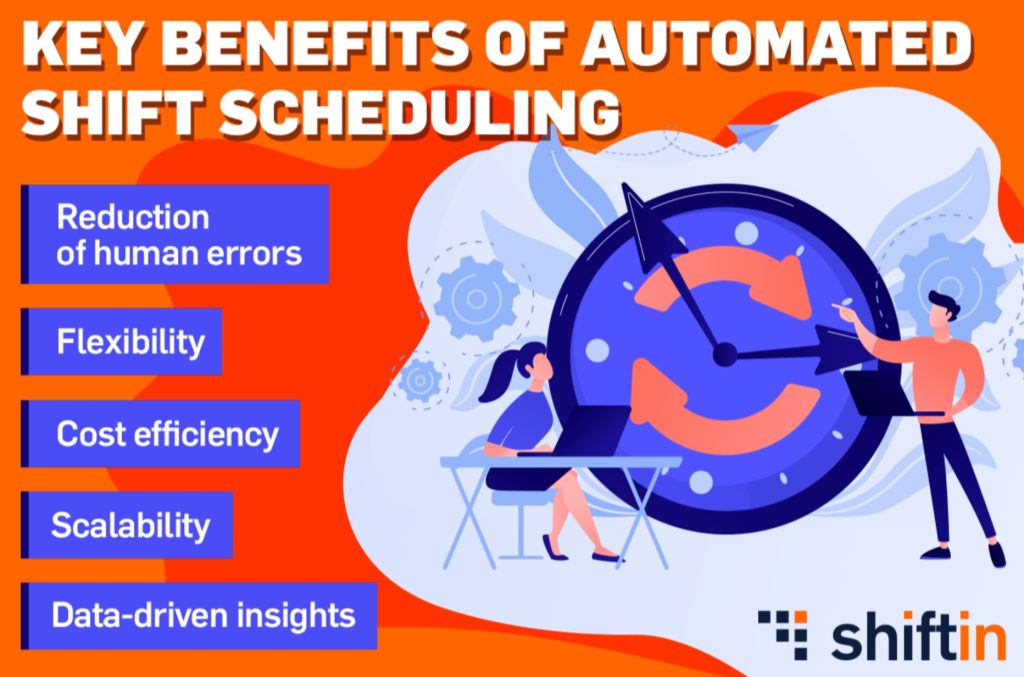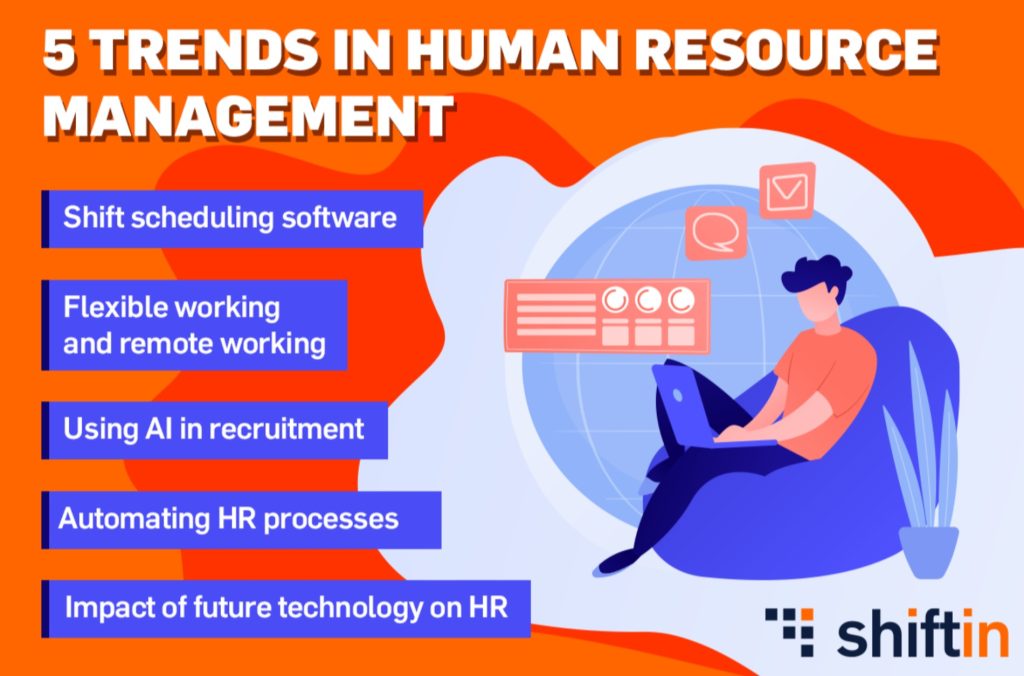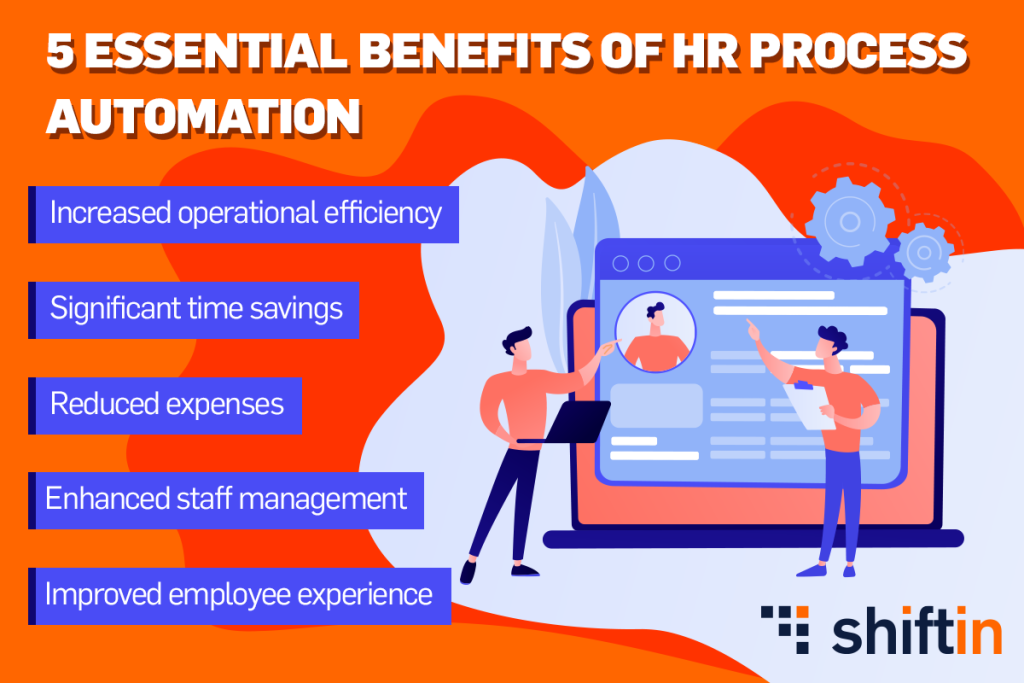Shift planning represents a challenge for many industries, especially in dynamic contexts where flexibility and efficiency are essential. shiftin, the automated shift scheduling solution, addresses these needs by helping companies better manage resources, reduce errors, and optimize costs. Below are five key industries that can significantly benefit from using shiftin.
Pharmacies
Pharmacies often face the need to ensure continuous staffing, regardless of daily or seasonal schedules. shiftin allows pharmacies to easily manage shifts and ensure constant coverage for critical shifts without overloading employees.
An important advantage is the ability to consider each employee’s skills and assign shifts accordingly. For example, a senior pharmacist can be scheduled during peak hours, while assistants can be assigned to quieter times. With shiftin, pharmacies can prevent employee burnout by offering fair and well-organized planning.
Retail
The retail sector often involves variable working hours, with seasonal peaks and fluctuations in personnel demand. shiftin simplifies the scheduling process by giving managers the ability to quickly allocate shifts according to the store’s needs.
By using shiftin, stores can optimize resources, reducing time spent on manual planning and minimizing the risk of inconsistencies. For example, during sales or holiday periods, shiftin can automatically generate additional shifts to ensure that every area of the store has sufficient staff to provide an optimal customer experience.
Logistics
Logistics requires precise and constant coordination of resources, whether it involves warehouses, transportation, or distribution centers. shiftin helps logistics companies manage shifts and ensure adequate coverage throughout the day.
By integrating with other IT systems, shiftin can monitor and prevent potential shift overlaps or gaps in the schedule. This solution is particularly useful in ensuring operational continuity and reducing delivery times. For example, a company delivering food products can use shiftin to efficiently schedule shifts for drivers and warehouse staff.
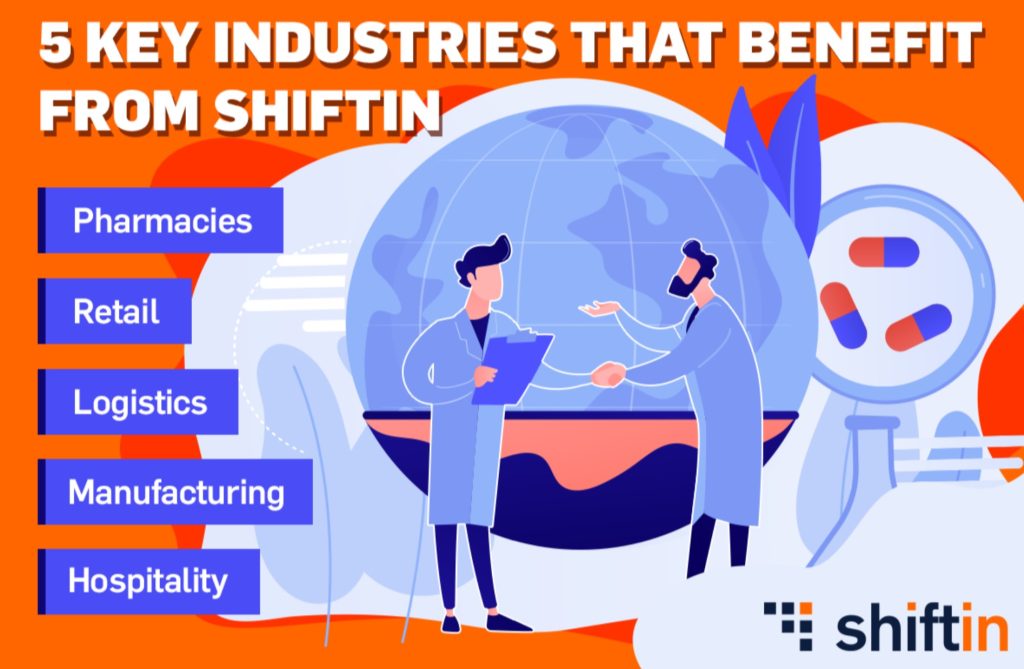
Manufacturing
The manufacturing industry relies on precise shift planning to maintain productivity and meet deadlines. shiftin provides solutions for managing shifts based on production capacity, market demand, and staff availability.
For example, in an electronics manufacturing plant, shiftin can allocate staff for each stage of the production line, reducing the risk of bottlenecks or errors. Furthermore, the solution allows for the monitoring of overtime and prevents employee burnout, contributing to a healthier and more productive work environment.
Hospitality
The hospitality industry is known for its intense work schedules and high customer demands. shiftin is a valuable tool for hotels, restaurants, or other establishments in this sector, offering a simple way to plan shifts and respond to fluctuating requirements.
For example, in a luxury hotel, shiftin can help managers ensure that every department, from reception to housekeeping, has the necessary staff to provide high-quality services. Moreover, the system allows for managing last-minute changes, such as replacing an employee who cannot make it to work.
Regardless of the industry, shiftin proves to be an essential tool for efficiently managing shifts. With advanced features such as automatic shift allocation, integration with other systems, and error prevention, shiftin helps companies save time and resources. If your company faces challenges related to shift planning, the solution offered by shiftin may be exactly what you need to increase productivity and improve employee experience.
